
Written by London Swaminathan
swami_48@yahoo.com
Date: 17 December 2019
Time in London – 13-44
Post No. 7354
Pictures are taken from various sources; beware of copyright rules; don’t use them without permission; this is a non- commercial, educational blog; posted in swamiindology.blogspot.com and tamilandvedas.com simultaneously. Average hits per day for both the blogs 12,000
MANU10,CHAPTER X.
So far we have covered nine chapters with salient features highlighted; I have also added my comments wherever it was appropriate. To day let us look at the 74 slokas in the tenth chapter of Manu Smrti.
First I will give important slokas/ couplets in bullet points.
Sloka 63 – This is the most important sloka in the firsts 70 + slokas. Good qualities are common for all the Four Varnas/castes
Sloka 1 -People who belong to Three castes must learn Vedas. It will be interesting to find out till what time the three castes studied Vedas.
Sloka 8 on wards – Inter caste marriages and specific terms for them in permutation and combinations. We know that inter caste marriages were done during even Mahabharata days. But never heard these many different kinds. This chapter must be a later addition.
Sloka 20 – definition of Vratyas
Sloka 22 – Dravidas
Sloka 32 – Dasyus
Sloka 44 – Yavanas & Dravidas
These terms are used with different connotations. It is not Vedic Dasyu; Like Dravidas we have several people named after Countries/Desa So instead of Geographical connotation we have inter caste people.
Sloka 25 onwards – Sons of Inter Caste couples are dealt with.
We can infer two things from these :-
1.Inter Caste marriages took place
2.Yavanas, Dravidas, Kambojas, Vratyas, Sakar – are all Hindus.
Sloka 47 on wards – their professions
Sloka 56 – death sentence
Sloka 58 – Non Aryan qualities (Here Aryan stands for Cultured, Civilized).
Sloka 64/ 65 – A Sudra becomes a Brahmana in seventh generation
Sloka 69 to 73 Interesting Debate —
Which is important Seed (Husband) or Land (Wife)?
xxxx

Now let us look at the original translation of Slokas?
1. Let the three twice-born castes (varna), discharging their (prescribed) duties, study the Veda; but among them the Brahmana alone shall teach it, not the other two; that is an established rule.
2. The Brahmana must know the means of subsistence prescribed by law for all, instruct the others, and himself live according to the law
3. On account of his pre-eminence, on account of the superiority of his origin, on account of his observance of (particular) restrictive rules, and on account of his particular sanctification the Brahmana is the lord of (all) castes (varna).
4. Brahmana, the Kshatriya, and the Vaisya castes (varna) are the twice-born ones, but the fourth, the Sudra, has one birth only; there is no fifth caste.
5. In all castes (varna) those (children) only which are begotten in the direct order on wedded wives, equal (in caste and married as) virgins, are to be considered as belonging to the same caste (as their fathers)
6. Sons, begotten by twice-born man on wives of the next lower castes, they declare to be similar (to their fathers, but) blamed on account of the fault (inherent) in their mothers.
7. Such is the eternal law concerning (children) born of wives one degree lower (than their husbands); know (that) the following rule (is applicable) to those born of women two or three degrees lower.
INTER CASTE MARRIAGES
8. From a Brahmana a with the daughter of a Vaisya is born (a son) called an Ambashtha, with the daughter of a sudra a Nishada, who is also called Parasava.
9. From a Kshatriya and the daughter of a Sudra springs a being, called Ugra, resembling both a Kshatriya and a Sudra, ferocious in his manners, and delighting in cruelty.
10. Children of a Brahmana by (women of) the three (lower) castes, of a Kshatriya by (wives of) the two (lower) castes, and of a Vaisya by (a wife of) the one caste (below him) are all six called base-born (apasada).
11. From a Kshatriya by the daughter of a Brahmana is born (a son called) according to his caste (gati) a Suta; from a Vaisya by females of the royal and the Brahmana (castes) spring a Magadha and a Vaideha.
12. From a Sudra are born an Ayogava, a Kshattri, and a Candala, the lowest of men, by Vaisya, Kshatriya, and Brahmana) females, (sons who owe their origin to) a confusion of the castes.
13. As an Ambashtha and an Ugra, (begotten) in the direct order on (women) one degree lower (than their husbands) are declared (to be), even so are a Kshattri and a Vaidehaka, though they were born in the inverse order of the castes (from mothers one degree higher than the fathers).
14. Those sons of the twice-born, begotten on wives of the next lower castes, who have been enumerated in due order, they call by the name Anantaras (belonging to the next lower caste), on account of the blemish (inherent) in their mothers.
15. A Brahmana begets on the daughter of an Ugra an Avrita, on the daughter of an Ambashtha an Abhira, but on a female of the Ayogava (caste) a Dhigvana.
16. From a Sudra spring in the inverse order (by females of the higher castes) three base-born (sons, apasada), an Ayogava, a Kshattri, and a Candala, the lowest of men;
17. From a Vaisya are born in the inverse order of the castes a Magadha and a Vaideha, but from a Kshatriya a Suta only; these are three other base-born ones (apasada).
18. The son of a Nishada by a Sudra female becomes a Pukkasa by caste (gati), but the son of a Sudra by a Nishada female is declared to be a Kukkutaka.
19. Moreover, the son of by Kshattri by an Ugra female is called a Svapaka; but one begotten by a Vaidehaka on an Ambashtha female is named a Vena.

WHO ARE VRATYAS?
20. Those (sons) whom the twice-born beget on wives of equal caste, but who, not fulfilling their sacred duties, are excluded from the Savitri, one must designate by the appellation Vratyas.
21. But from a Vratya (of the) Brahmana (caste) spring the wicked Bhriggakantaka, the Avantya, the Vatadhana, the Pushpadha, and the Saikha.
WHO IS A DRAVIDA?
22. From a Vratya (of the) Kshatriya (caste), the Ghalla, the Malla, the Likkhivi, the Nata, the Karana, the Khasa, and the Dravida.
23. From a Vratya (of the) Vaisya (caste) are born a Sudhanvan, an Akarya, a Karusha, a Viganman, a Maitra, and a Satvata.
24. By adultery (committed by persons) of (different) castes, by marriages with women who ought not to be married, and by the neglect of the duties and occupations (prescribed) to each, are produced (sons who owe their origin) to a confusion the castes.
SONS OF INTER CASTE COUPLES
25. I will (now) fully enumerate those (sons) of mixed origin, who are born of Anulomas and of Pratilomas, and (thus) are mutually connected.
26. The Suta, the Vaidehaka, the Kandala, that lowest of mortals, the Magadha, he of the Kshattri caste (gati), and the Ayogava,
27. These six (Pratilomas) beget similar races (varna) on women of their own (caste), they (also) produce (the like) with females of their mother’s caste (gati), and with females (of) higher ones.
28. As a (Brahmana) begets on (females of) two out of the three (twice-born castes a son similar to) himself, (but inferior) on account of the lower degree (of the mother), and (one equal to himself) on a female of his own race, even so is the order in the case of the excluded (races, vahya).
29. Those (six mentioned above) also beget, the one on the females of the other, a great many (kinds of) despicable (sons), even more sinful than their (fathers), and excluded (from the Aryan community, vahya).
30. Just as a Sudra begets on a Brahmana female a being excluded (from the Aryan community), even so (a person himself) excluded pro creates with (females of) the four castes (varna, sons) more (worthy of being) excluded (than he himself).
31. But men excluded (by the Aryans, vahya), who approach females of higher rank, beget races (varna) still more worthy to be excluded, low men (hina) still lower races, even fifteen (in number).

DASYU
32. A Dasyu begets on an Ayogava (woman) a Sairandhra, who is skilled in adorning and attending (his master), who, (though) not a slave, lives like a slave, (or) subsists by snaring (animals).
33. A Vaideha produces (with the same) a sweet-voiced Maitreyaka, who, ringing a bell at the appearance of dawn, continually. praises (great) men.
34. A Nishada begets (on the same) a Margava (or) Dasa, who subsists by working as a boatman, (and) whom the inhabitants of Aryavarta call a Caivarta.
35. Those three base-born ones are severally begot on Ayogava women, who wear the clothes of the dead, are wicked, and eat reprehensible food.
36. From a Nishada springs (by a woman of the Vaideha caste) a Karavara, who works in leather; and from a Vaidehaka (by women of the Karavara and Nishada castes), an Andhra and a Meda, who dwell outside the village.
37. From a Candala by a Vaideha woman is born a Pandusopaka, who deals in cane; from a Nishada (by the same) an Ahindika.
38. But from a Candala by a Pukkasa woman is born the sinful Sopaka, who lives by the occupations of his sire, and is ever despised by good men.
39. A Nishada woman bears to a Candala a son (called) Antyavasayin, employed in burial-grounds, and despised even by those excluded (from the Aryan community).
40. These races, (which originate) in a confusion (of the castes and) have been described according to their fathers and mothers, may be known by their occupations, whether they conceal or openly show themselves.
41. Six sons, begotten (by Aryans) on women of equal and the next lower castes (Anantara), have the duties of twice-born men; but all those born in consequence of a violation (of the law) are, as regards their duties, equal to Sudras.
42. By the power of austerities and of the seed (from which they sprang), these (races) obtain here among men more exalted or lower rank in successive births.
43. But in consequence of the omission of the sacred rites, and of their not consulting Brahmanas, the following tribes of Kshatriyas have gradually sunk in this world to the condition of Sudras;
YAVANAS, DRAVIDAS
44. (Viz.) the Paudrakas, the Kodas, the Dravidas, the Kambogas, the Yavanas, the Sakas, the Paradas, the Pahlavas, the Kinas, the Kiratas, and the Daradas.
45. All those tribes in this world, which are excluded from (the community of) those born from the mouth, the arms, the thighs, and the feet (of Brahman), are called Dasyus, whether they speak the language of the Mlekkhas (barbarians) or that of the Aryans.
46. Those who have been mentioned as the base-born (offspring, apasada) of Aryans, or as produced in consequence of a violation (of the law, apadhvamsaga), shall subsist by occupations reprehended by the twice-born.
THEIR OCCUPATIONS
47. To Sutas (belongs) the management of horses and of chariots; to Ambashthas, the art of healing; to Vaidehakas, the service of women; to Magadhas, trade;
48. Killing fish to Nishadas; carpenters’ work to the Ayogava; to Medas, Andhras, Kunkus, and Madgus, the slaughter of wild animals;
49. To Kshattris, Ugras, and Pukkasas, catching and killing (animals) living in holes; to Dhigvanas, working in leather; to Venas, playing drums.
50. Near well-known trees and burial-grounds, on mountains and in groves, let these (tribes) dwell, known (by certain marks), and subsisting by their peculiar occupations.
51. But the dwellings of Candalas and Svapakas shall be outside the village, they must be made Apapatras, and their wealth(shall be dogs and donkeys.
52. Their dress (shall be) the garments of the dead, (they shall eat) their food from broken dishes, black iron (shall be) their ornaments, and they must always wander from place to place.
53. A man who fulfils a religious duty, shall not seek intercourse with them; their transactions (shall be) among themselves, and their marriages with their equals.
54. Their food shall be given to them by others (than an Aryan giver) in a broken dish; at night they shall not walk about in villages and in towns.
55. By day they may go about for the purpose of their work, distinguished by marks at the king’s command, and they shall carry out the corpses (of persons) who have no relatives; that is a settled rule.

DEATH SENTENCE
56. By the king’s order they shall always execute the criminals, in accordance with the law, and they shall take for themselves the clothes, the beds, and the ornaments of (such) criminals.
57. A man of impure origin, who belongs not to any caste, (varna, but whose character is) not known, who, (though) not an Aryan, has the appearance of an Aryan, one may discover by his acts.
58. Behaviour unworthy of an Aryan, harshness, cruelty, and habitual neglect of the prescribed duties betray in this world a man of impure origin.
59. A base-born man either resembles in character his father, or his mother, or both; he can never conceal his real nature.
60. Even if a man, born in a great family, sprang from criminal intercourse, he will certainly possess the faults of his (father), be they small or great.
61. But that kingdom in which such bastards, sullying (the purity of) the castes, are born, perishes quickly together with its inhabitants.
62. Dying, without the expectation of a reward, for the sake of Brahmanas and of cows, or in the defence of women and children, secures beatitude to those excluded (from the Aryan community, vahya.)
63. Abstention from injuring creatures, veracity, abstention from unlawfully appropriating the goods of others, purity, and control of the organs, Manu has declared to be the summary of the law for the four castes.
64. If (a female of the caste), sprung from a Brahmana and a Sudra female, bear (children) to one of the highest caste, the inferior (tribe) attains the highest caste within the seventh generation.
SUDRA BECOMES A BRAHMANA
65. (Thus) a Sudra attains the rank of a Brahmana, and (in a similar manner) a Brahmana sinks to the level of a Sudra; but know that it is the same with the offspring of a Kshatriya or of a Vaisya.
66. If (a doubt) should arise, with whom the pre eminence (is, whether) with him whom an Aryan by chance begot on a non-Aryan female, or (with the son) of a Brahmana woman by a non-Aryan,
67. The decision is as follows: ‘He who was begotten by an Aryan on a non-Aryan female, may become (like to) an Aryan by his virtues; he whom an Aryan (mother) bore to a non-Aryan father (is and remains) unlike to an Aryan.’
68. The law prescribes that neither of the two shall receive the sacraments, the first (being excluded) on account of the lowness of his origin, the second (because the union of his parents was) against the order of the castes.
SEED AND LAND DEBATE
69. As good seed, springing up in good soil, turns out perfectly well, even so the son of an Aryan by an Aryan woman is worthy of all the sacraments.
70. Some sages declare the seed to be more important, and others the field; again others (assert that) the seed and the field (are equally important); but the legal decision on this point is as follows:
71. Seed, sown on barren ground, perishes in it; a (fertile) field also, in which no (good) seed (is sown), will remain barren.
72. As through the power of the seed (sons) born of animals became sages who are honoured and praised, hence the seed is declared to be more important.
73. Having considered (the case of) a non-Aryan who acts like an Aryan, and (that of) an Aryan who acts like a non-Aryan, the creator declared, ‘Those two are neither equal nor unequal.’
To be continued…………………………….






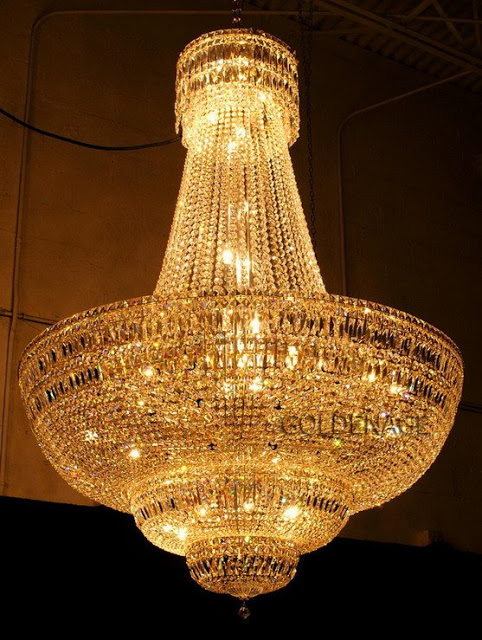

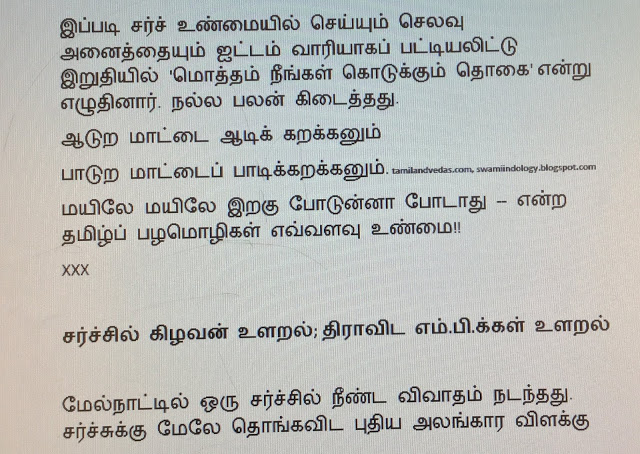





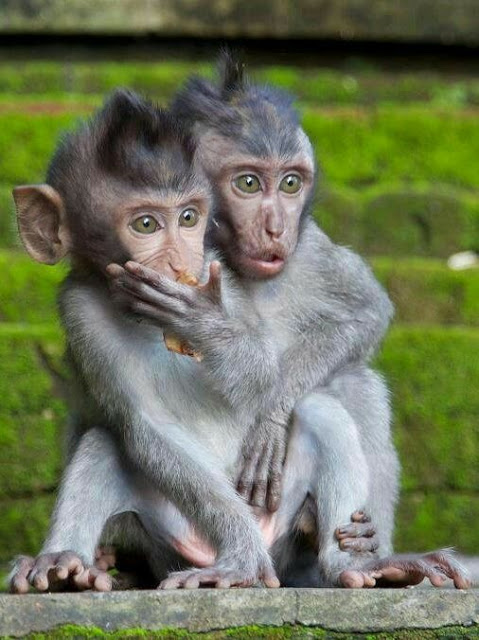









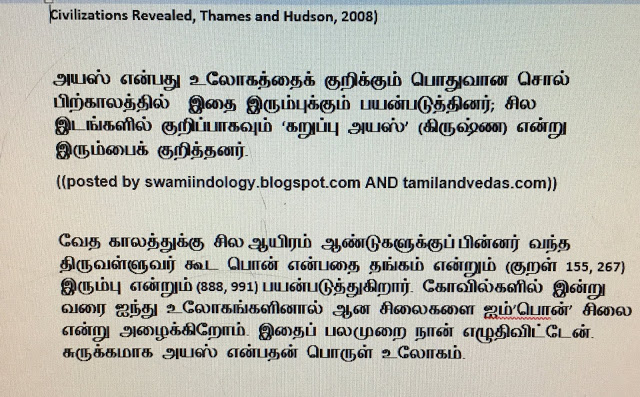








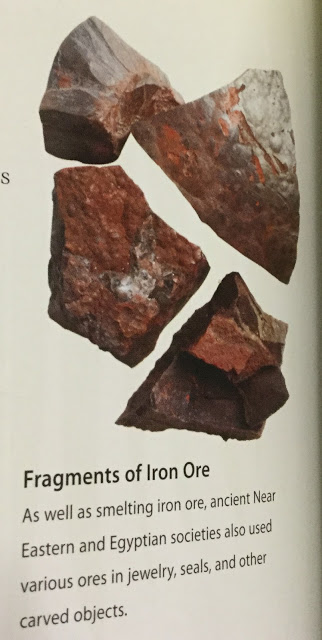







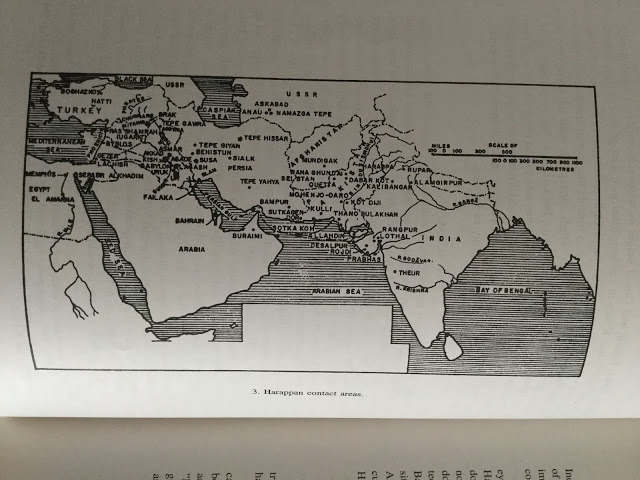






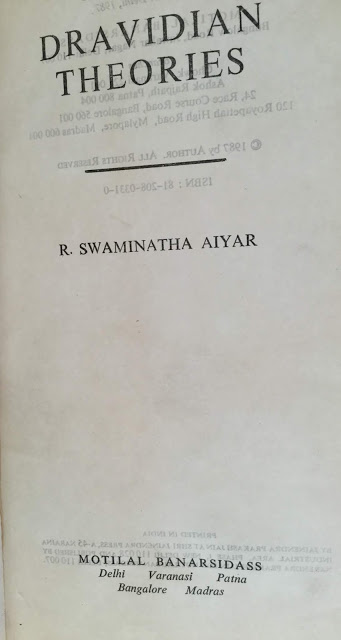
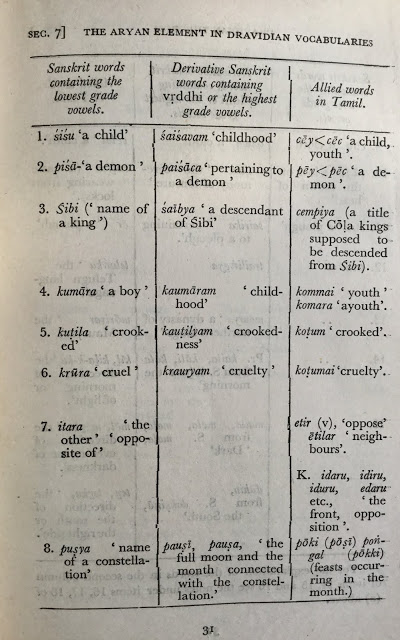



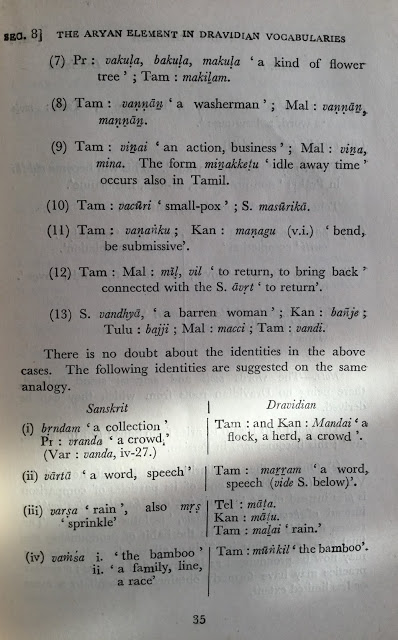






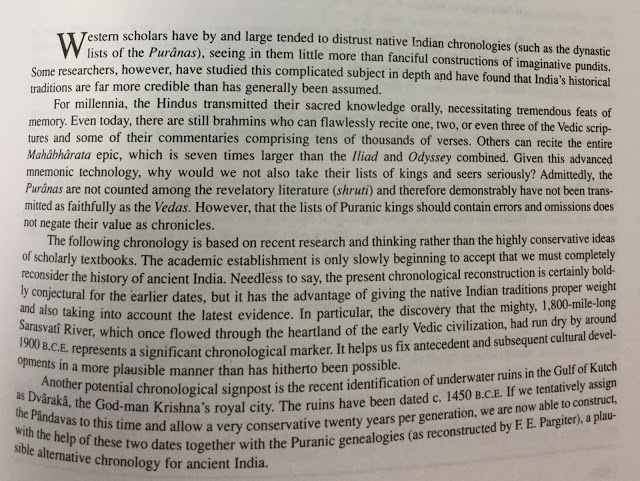













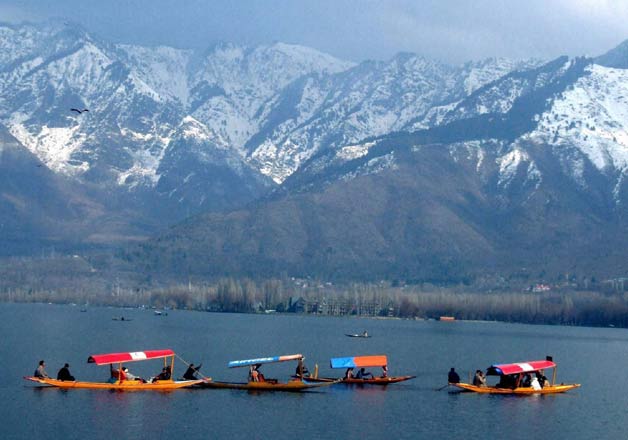
You must be logged in to post a comment.